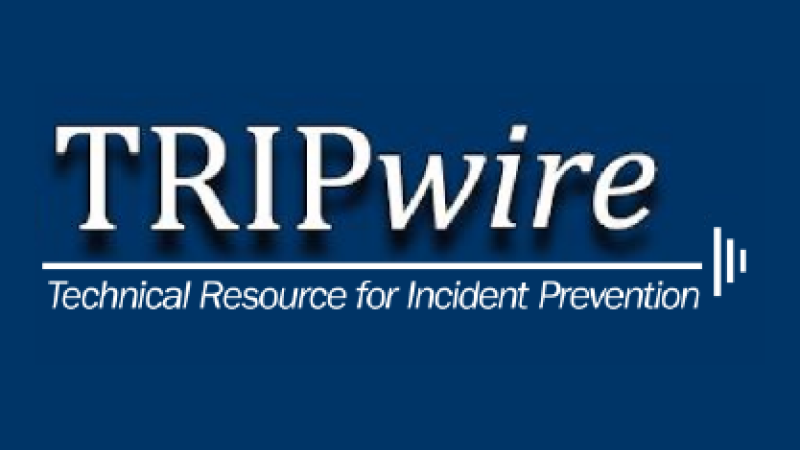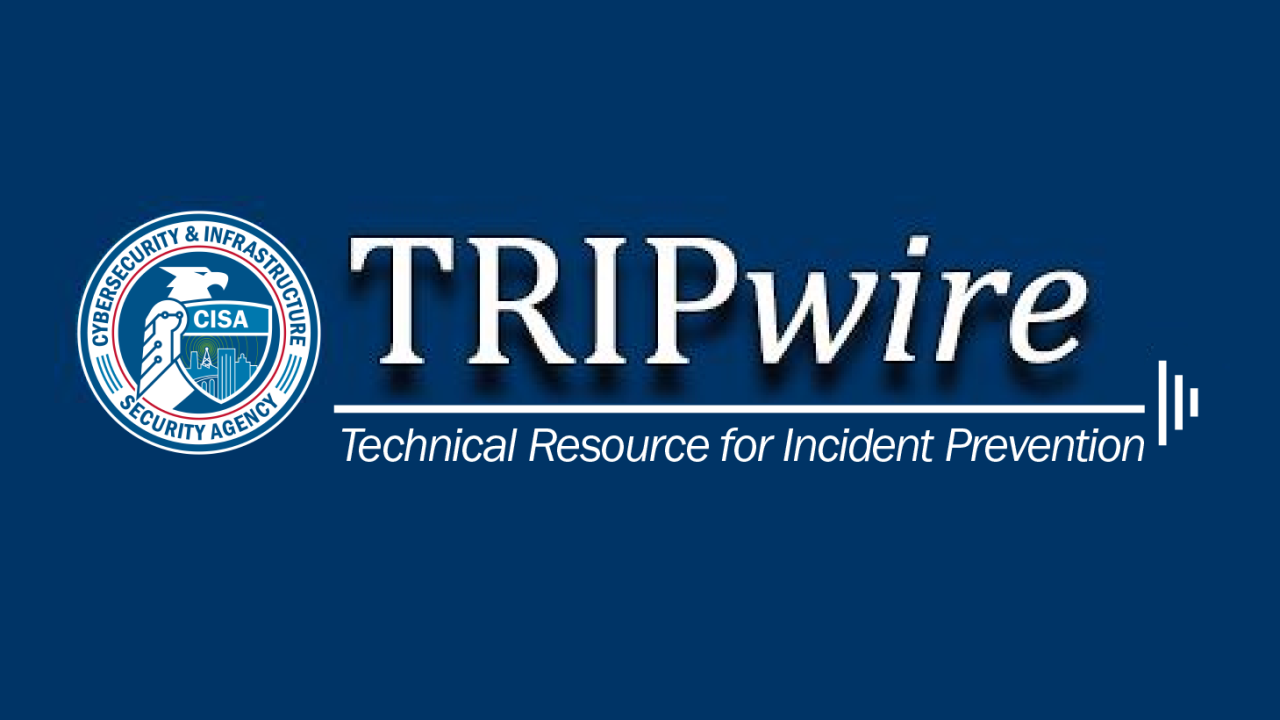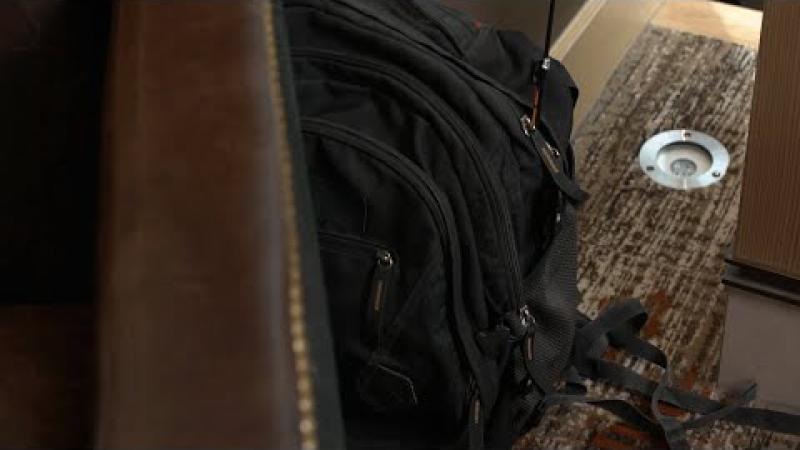
Suspicious Activity and Items
Learn how to recognize unusual behaviors and suspicious items typically associated with Improvised Explosive Device (IED) threats.
What to Do: Suspicious Activity and Items
Suspicious activity can refer to any incident, event, behavior, or activity that seems unusual or out of place. Terrorists and criminals often conduct specific activities as they plan a bombing attack. These activities can include, but are not limited to, eliciting information, testing or probing of security, and observation/surveillance. If you recognize these specific activities, your actions may help prevent such an occurrence.
A suspicious item is anything such as a package or a vehicle that has indications that it might contain an explosive device or hazardous material. It may be suspiciously placed in proximity to people or valuable assets, and it could have characteristics like wires, electronics or unusual sounds, powders or odors.
The acronym B.O.M.B.E.R. is a tool you can use to assess your surroundings, identify suspicious activity, and help prevent a potential bombing incident.
- Baseline - Establish a baseline of what normal behaviors and activities look like for your location. Anything outside of the “norm” can be considered suspicious.
- Operational Indicators - A bombing attack requires a planning process that may include the following operational indicators: surveillance, target selection, testing or probing security, and practice runs.
- Materials - Terrorists and criminals acquire materials to create a homemade or improvised explosive device. Some of these can be ordinary items while others are carefully monitored or controlled.
- Bomb-Building Activity - Potential indicators of bomb-building activity include evidence of bomb-making research, testing of mixtures or devices, and chemical exposure such as stains or burns.
- Elicitation - Elicitation is an attempt to discreetly gain information by asking questions about a place, person, or operation. Elicitation often appears as normal social or professional conversation.
- Respond - Report suspicious activity. When a suspicious incident occurs, be observant so you can provide a detailed report. Public safety and security are everyone’s responsibility.
It is important to remember that just because someone’s speech, beliefs, appearance, or way of life are different, it does not mean that individual is suspicious. Factors such as race, ethnicity, and/or religious affiliation are NOT suspicious.
The acronyms H.O.T. and R.A.I.N. can be used to safely determine if an item is a serious threat or just unattended. Criminals or terrorists sometimes conceal Improvised Explosive Devices (IEDs) in backpacks, suitcases, or common items.
- Is it H.O.T.? If yes to the questions below, use R.A.I.N. If no to the questions below, treat the item with caution, try to determine the owner, and report to an authority.
- Hidden - Placed out of sight or appears purposedly concealed.
- Obviously Suspicious - Unexplainable wires or electronics or bomb-like components.
- not Typical - Out of place for the location or potentially related to a threat.
- If an item is suspicious, you should:
- Recognize the indicators of a suspected explosive device
- Indicators can be related to the characteristics, events, location, or time, including whether the item is Hidden, Obviously suspicious, or not Typical (HOT).
- Avoid the area
- Don’t touch the suspected item. Instead, immediately move and direct others to move away immediately.
- Isolate the suspected item
- Establish a perimeter to secure the area and continue to direct people away. Use frontal and overhead cover and if available wear personal protective equipment.
- Notify Appropriate Emergency Services
- Describe the Suspicious items and persons, the person’s Actions, the Location of the item, the Time of placement and discovery, and Your actions to mitigate risk (SALTY).
- Recognize the indicators of a suspected explosive device
If you witness suspicious activity, retain all information regarding the incident (such as usernames, email addresses, websites, phone numbers, or names of platforms, etc.) and report it to local law enforcement.
If you come across a suspicious item, it is important to report it right away. Early detection can lead to the prevention of a bombing incident. If a suspicious item is discovered or the threat is elevated, it should be treated as an emergency by contacting 9-1-1.
Featured Videos
Training
Access training courses to recognize unusual behaviors and suspicious activity typically associated with a potential threat.
For more information about the Office for Bombing Prevention (OBP) Training Program and the types of courses we offer, visit the OBP Training page.
Bomb-Making Materials Awareness: Your Role Course (AWR-911)
Introduction to the Terrorist Attack Cycle Course (AWR-334)
Surveillance Detection for Bombing Prevention Course (PER-346)
Suspicious Activity Recognition for Bombing Prevention Course (AWR-943)
Products
Recognize unusual behaviors typically associated with a potential threat via various resources.
Be Vigilant Training Video Series
Increase in Bomb Threats and Suspicious Packages
Suspicious Mail or Packages Poster
Suspicious or Unattended Item Postcard and Poster
Tools/Services
Using specific tools and services will help spot unusual behaviors related to a potential IED threat.
Bomb-Making Materials Awareness Program (BMAP)
Operation Flashpoint

Technical Resource for Incident Prevention (TRIPwire) Portal

TRIPwire
To access more bombing prevention resources, visit the Technical Resource for Incident Prevention (TRIPwire). TRIPwire is an online, collaborative information-sharing and resource portal designed to help prevent improvised explosive device incidents.
Contact
To report suspicious activity, call 9-1-1 or contact local law enforcement.
For additional information about OBP resources, please contact your local Protective Security Advisor (PSA) or OBP directly at OBP@cisa.dhs.gov.
Informed, alert communities play a critical role in keeping our nation safe. Everyone has a responsibility to protect our nation—"If You See Something, Say Something."












